Shisha is the name for a water pipe for consuming flavored tobacco, with water serving as a filter for the smoke and vapor mixture.
Origin in India
The most common and common name for today's hookah is Nargilem. If you look at the original form of shisha, which comes from India and is still used in many parts of India today, it becomes clear why:
In India, Nārikela (नारीकेल) is called coconut . This natural product is ideal for converting into a smoking vessel or for filtering smoke. The coconut is a dense and stable core of a drupe, which has three germ holes and tightly stores amniotic fluid, surrounded by pulp. This dense natural construction makes it the ideal starting product for the first smoking device because the water is needed to filter to make the smoke more pleasant. India is the third largest coconut producer in the world, which supports the assumption that India is the country of origin of the hookah. Coconuts were not grown in Iran and other Arab countries.
From coconut to hookah
A coconut is opened using its germination holes without damaging the round hollow vessel and you can easily attach bamboo or other hollow pipes to the three germination holes. These then serve as a smoke column, hose connection and blow-out valve.
To this day, this type of construction is used in some countries to consume hashish or strong tobacco and to get into a state of intoxication, which has nothing to do with the current form of shisha smoking.
The spread of shisha
When the Narikela spread across Persia in the 15th century , an important strategic and historical event took place in the West. Constantinople became the Ottoman headquarters, which greatly accelerated the advance into Europe, North Africa and also east into Persia. The Ottoman Empire bordered Persia, with which it had been connected for centuries via the Silk Road . One cannot imagine a better means of dissemination at that time than the Silk Road. It was also through her that the spread of shisha began. But she was also very popular with the Ottoman soldiers and accompanied them on their campaigns.
The further development of the Nargile into today's Shisha
The basic principle of a shisha has remained the same to this day, only the refinement of the device with materials and smoking utensils has changed massively.
Since the lifespan of wood is very short when it comes into contact with moisture, other materials have been used. The first glass productions , which were very advanced at the time, were successfully made in Egypt . Water bottles were often used for this purpose, for which the Arabic term شيشة is shisha or šīša . That's why we still call the popular water pipe shisha today.
This new form of shisha also found its way back to India, where it was called हुक़्क़ा huqqā (vessel) in Hindi. In English, the term hookah is still used for the water pipe, which is probably related to the colonization of India by the British.
Later, the bamboo and wooden elements were largely replaced by metal products . Copper and brass were ideal materials because they did not rust easily when in contact with water, but were relatively easy to shape and work with.
Over time, the hollow wooden stick was also replaced by a flexible leather tube . This meant you could smoke more comfortably and not have to hold the shisha in your mouth all the time. The hose was probably the last step in the transformation from the simple shisha made of natural products to the modern shisha made of innovative elements.
The shisha reaches Europe
Shisha only came to Europe much later due to various factors and cultural influences. The first guest workers brought their favorite items with them - namely the shishas. After work, shisha was often traditionally smoked to relax after work. Of course, this often happened behind closed doors.
A much larger factor in its spread in Western countries was tourism . A very typical holiday souvenir was and is a beautiful, decorative shisha. Because the shisha is a souvenir not only in Egypt or Turkey, the typical holiday destinations for Europeans, but in almost all Arab countries.
Many holidaymakers were enthusiastic about smoking shisha and wanted to show it to their friends and acquaintances back home.
The great success of the shisha can be attributed to the wonderful side effect. The shisha connects and is a sign of hospitality and sociability . In the modern world in which we live, it is also a place to retreat because the shisha is enjoyed in peace.

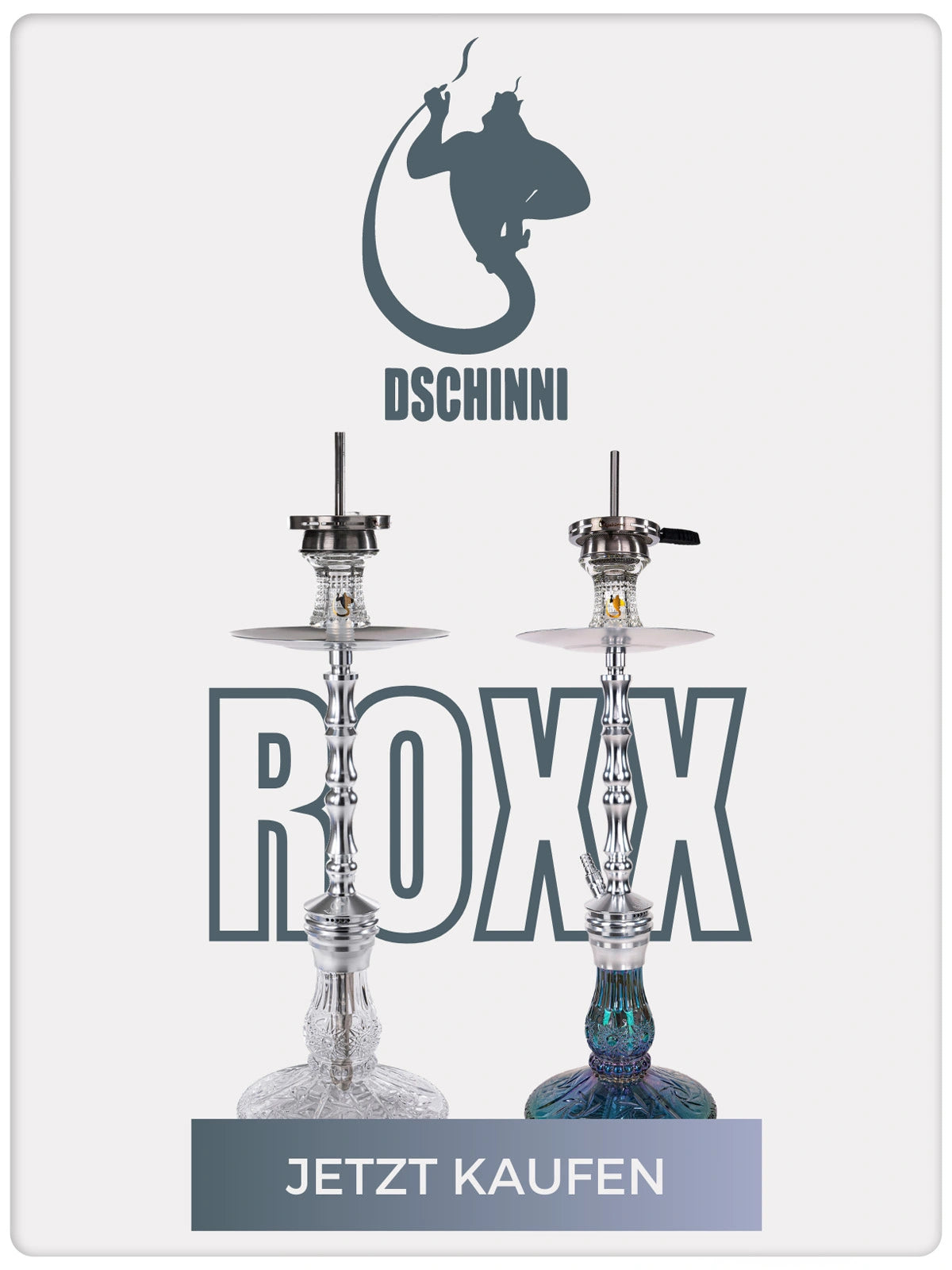
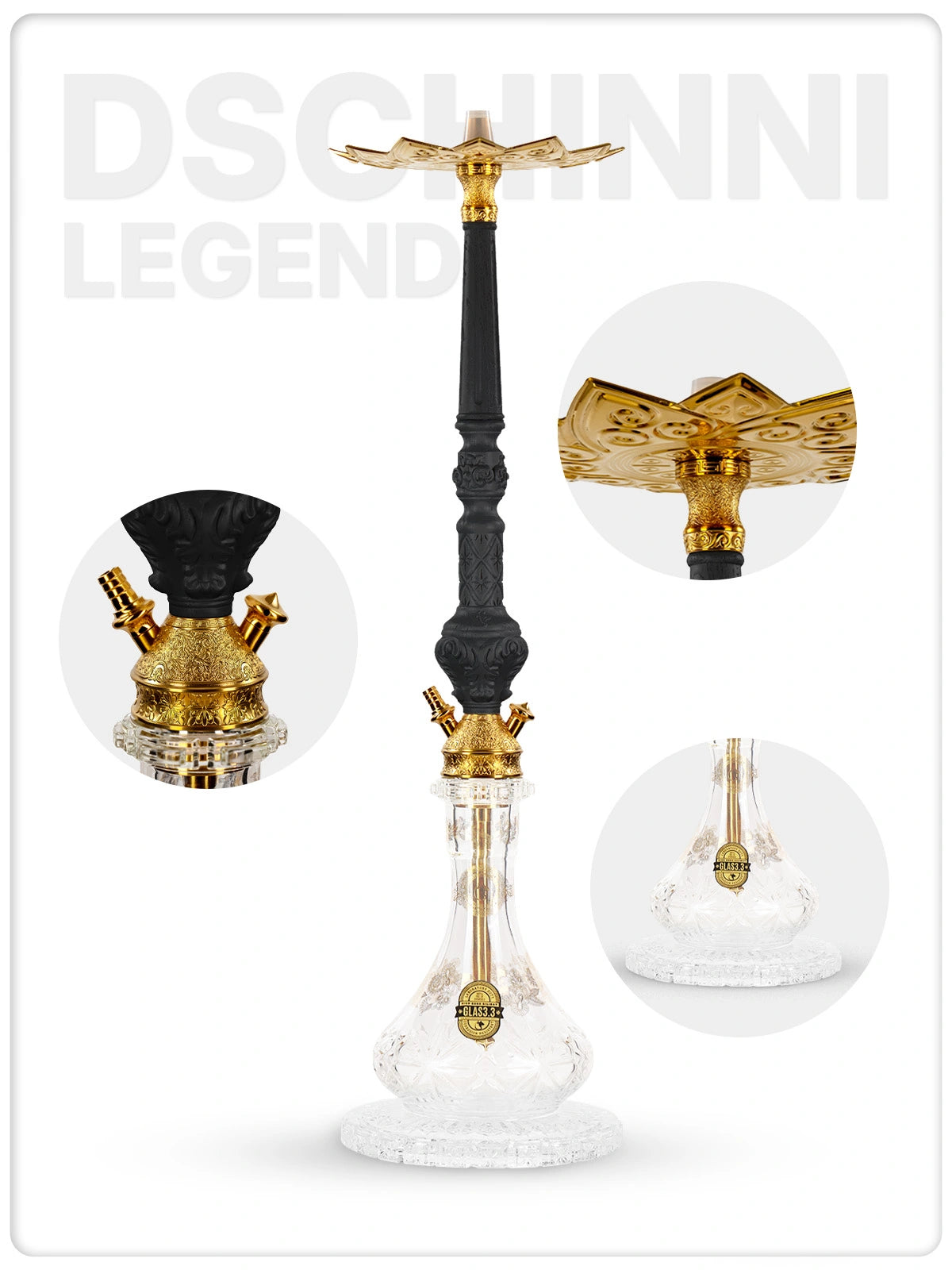
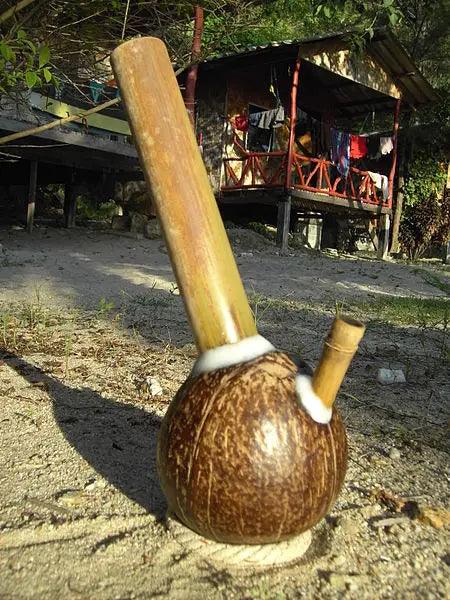
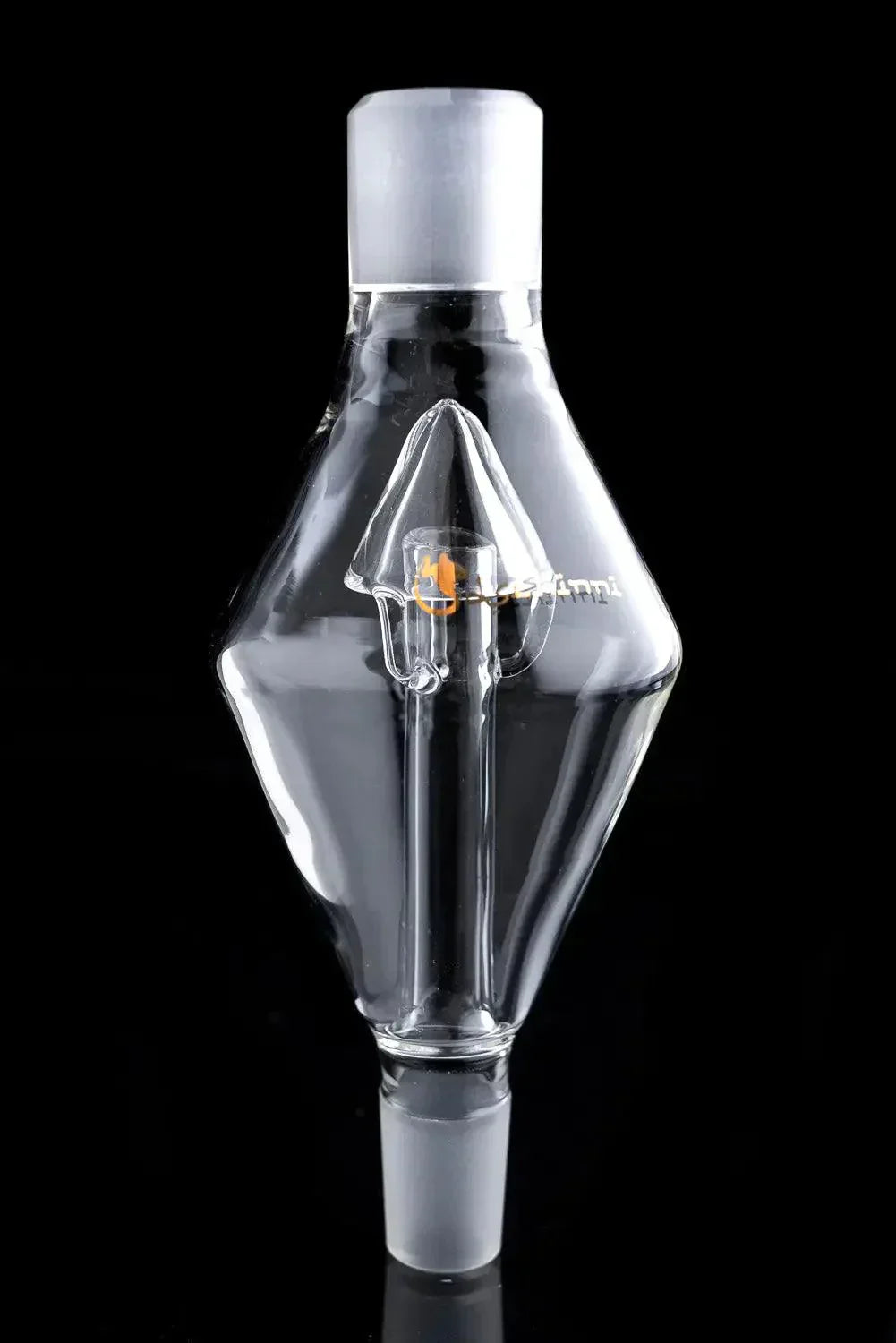

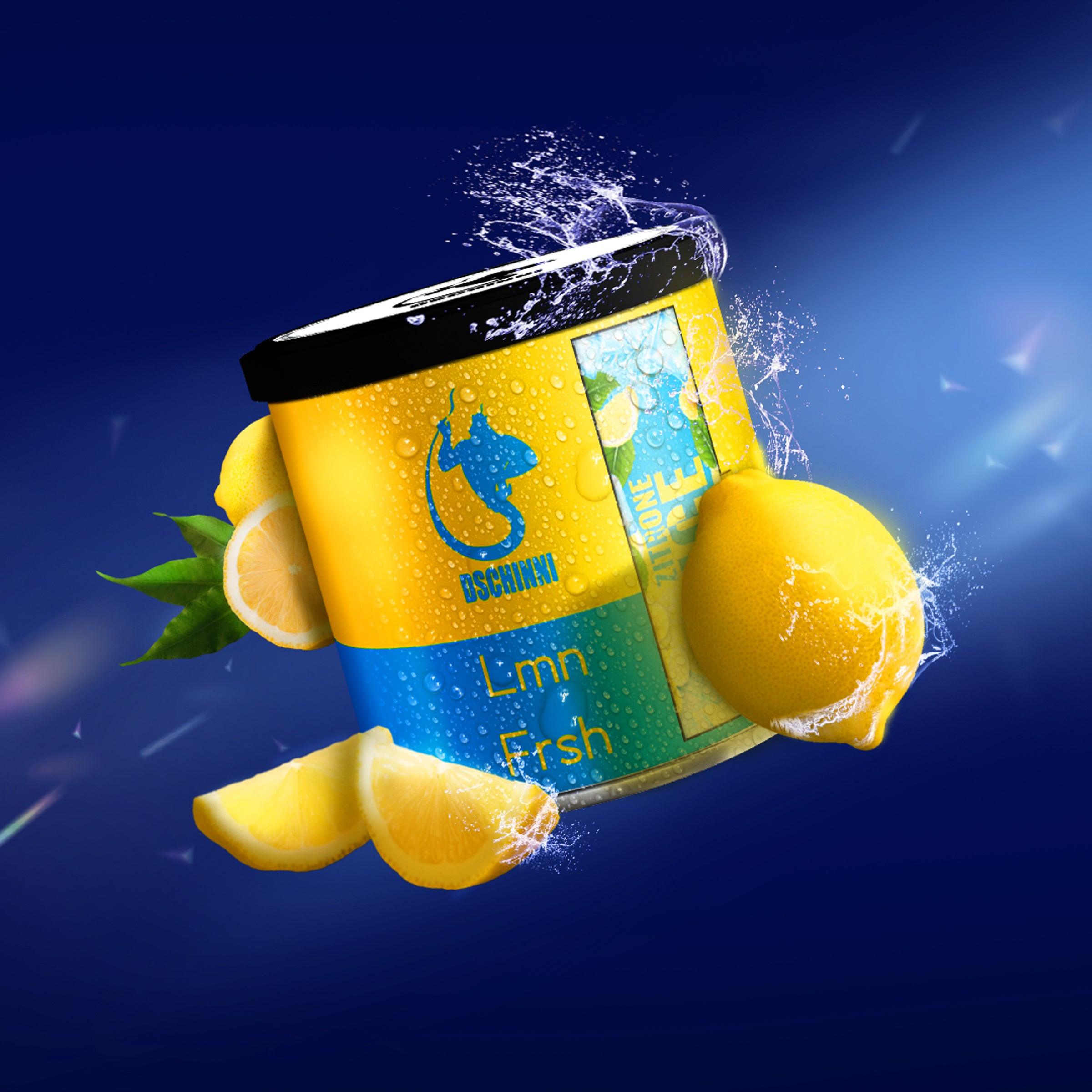


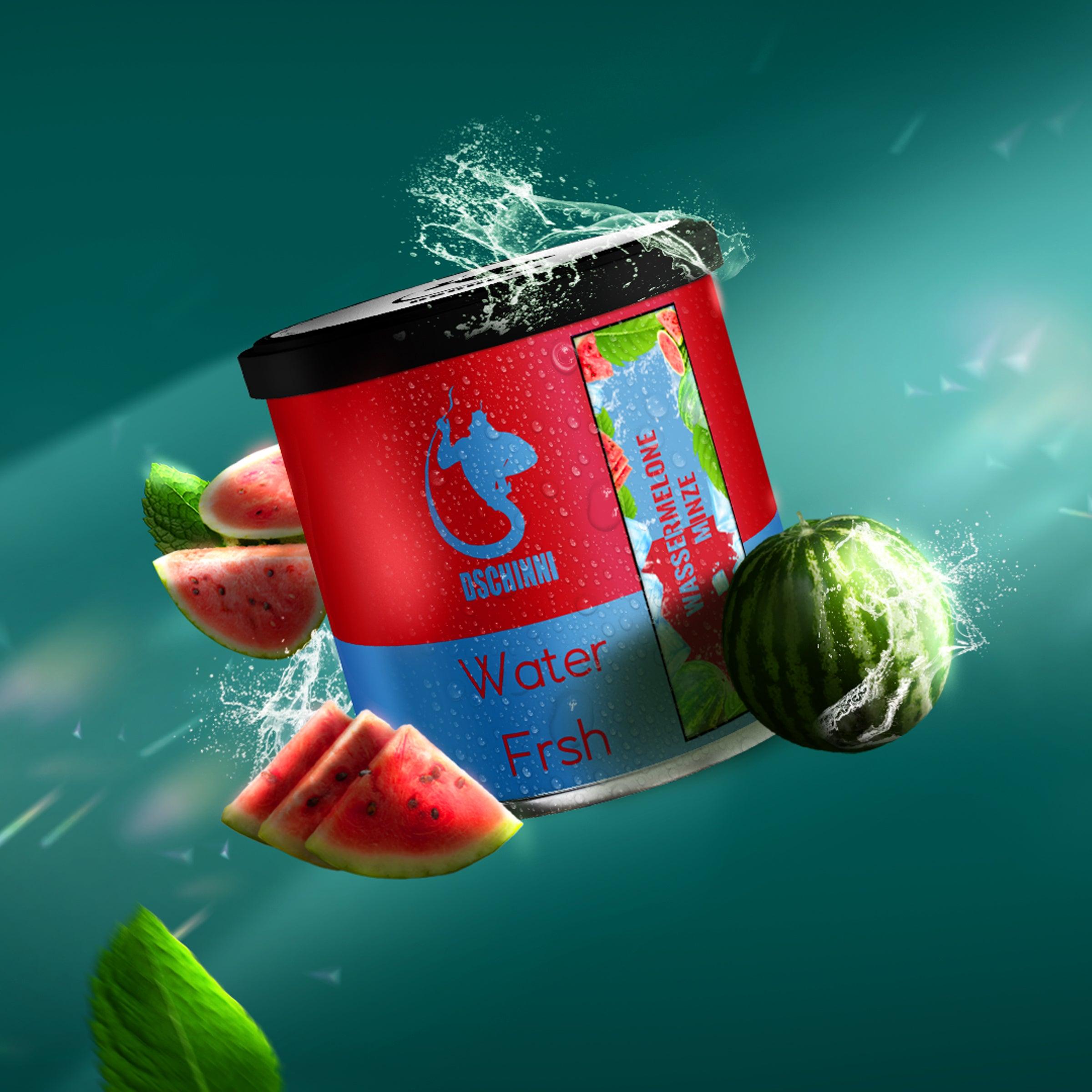


Leave a comment
All comments are moderated before being published.
This site is protected by hCaptcha and the hCaptcha Privacy Policy and Terms of Service apply.